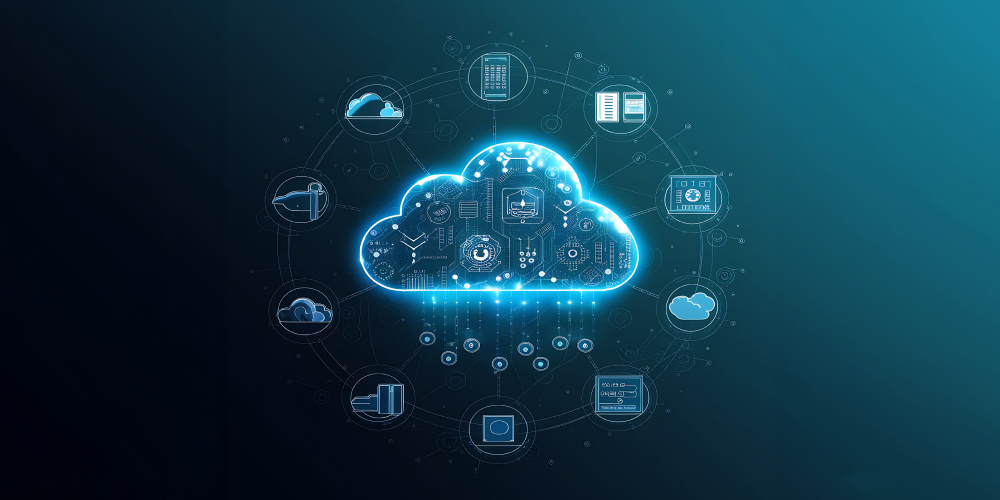Keeping Track of Software Licenses Shouldn’t Be Like Herding Cats and Dogs
Software licenses are everywhere in an organization
Software licenses are a hard thing to track down in any company with multiple departments and many silos. When you add employees’ personal licenses that may be used in an office setting, it gets even worse.
It is not that much different than pet owners. If you have ever owned animals, you know that when they get out, it can be a challenge to get them back in. The cat that won’t listen to come down from the balcony. The dog that runs to chase the jogger down the street. Trying to get a handle on the situation can get out of control and the battle to account for each one of them can feel exhausting.
Why it is important to know all the software purchased and where it is
Creating a better way to manage your software licenses is a necessity.
We know keeping track of the software licenses you have is painful, but it is just as important as the complex high-tech work that goes on in IT departments. Perhaps even more so. Failure to keep track of software licenses can lead to disastrous trouble, big fines, and wasted purchases.
Best practices
The intent of software and license management best practices enables teams to pinpoint a complete software inventory to be both better informed and operate within legal guidelines. IT Asset Management is a crucial strategy that allows a business or organization to manage their assets effectively. A smaller section of ITAM or ITSM can also be refereed to as Software Asset Management, or SWAM, which is important to any IT team.
So where do you begin? Like anything, being informed is the first step. Here are some first steps to be more efficient and effective with your software asset management in the future.
- Gather Information
- Start filling in all of the important data such as:
- Service fees
- Cost to purchase
- Maintenance costs and requirements
- Date of expiration (important so reinstatement and upgrade fees do not hit)
- Identify the Types of Licenses
- Named user license – Used by 1 individual user
- Concurrent user license – Shared by multiple individuals
- Evaluation – Trial license only valid for a certain amount of time
- Free License – Free to use and share
- Processor License – This license permits a server to host the software for users and is licensed per processor or per core
- Volume license – This license can be used in numerous systems, depending on how many were included in the volume
- A license under an enterprise agreement (EA) – Comparable to volume license, the terminology used by Microsoft when volume licenses are more significant than 250
- OEM (Original Equipment Manufacturers) – Software license that supplements hardware
- Manage What You Own
- Keep track of the licenses you have:
- Create a breakdown of all software spend, to get a broader idea of the budget spending and costs per user
- Helpful for analyzing budget and enabling you to optimize spending
- Keep track of the licenses you have:
- Implement Reminders
- Display reminders like an alarm clock. These reminders may include subscription renewals, scheduled maintenance, over license warnings, and license approvals.
- Maintain What You Own
Once the system is running, it is imperative to keep it maintained. It should inform you if a license is not being used, should be cancelled, removed, or can be reassigned. Staying one step ahead will help if a contract comes up for renewal. This can help you optimize license terms, quantities, and maintenance agreements. - Maintain What You Own
Once the system is running, it is imperative to keep it maintained. It should inform you if a license is not being used, should be cancelled, removed, or can be reassigned. Staying one step ahead will help if a contract comes up for renewal. This can help you optimize license terms, quantities, and maintenance agreements. - Place in a central repository
You shouldn’t need to be concerned about software audits or potential fines if you have everything in a central repository. The rest of your day may be the endless revolving door, but this new system will enable you to track and report on all your licenses with ease and ensure your organization is operating efficiently.
ServiceNow and Software Asset Management
ServiceNow provides a full array of tools and solutions to ensure all your licenses can be managed from one place. With native support for over thirty of the most frequently used applications and the ability to create custom integrations to other SaaS providers, ServiceNow has the solution that can work for any company.
Contact Milestone to discuss how we can help you optimize your platform and save money with Software Asset Management from ServiceNow.
Here’s a list of just a few of the many ServiceNow native integrations for popular software:




